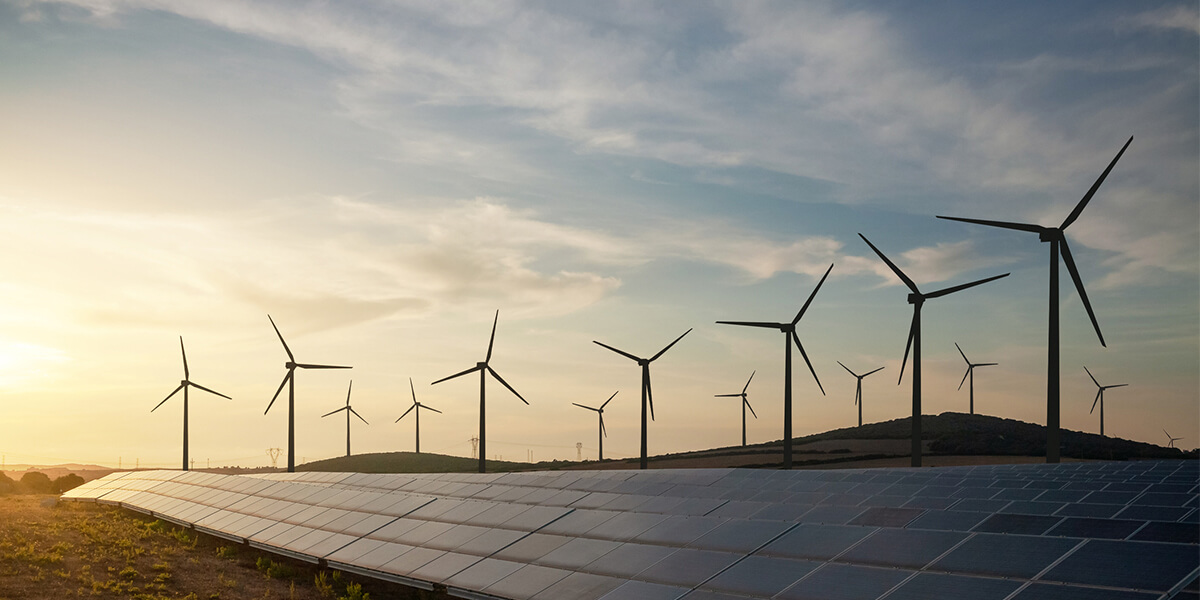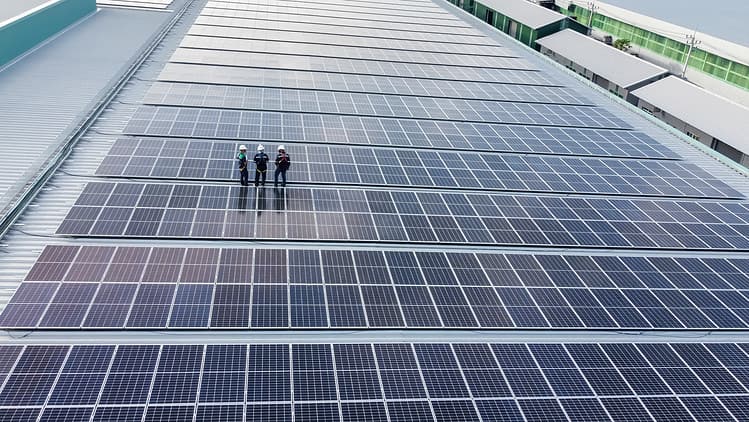
Emerging forms of thin-film device technologies that rely on alternative semiconductor materials, such as printable organics, nanocarbon allotropes and metal oxides, could contribute to a more economically and environmentally sustainable internet of things (IoT), a KAUST-led international team suggests.
The IoT is set to impact daily life and many industries majorly. It connects and facilitates data exchange between many smart objects of various shapes and sizes — such as remote-controlled home security systems, self-driving cars equipped with sensors that detect obstacles on the road, and temperature-controlled factory equipment — over the internet and other sensing and communications networks.
This burgeoning hyper network is projected to reach trillions of devices by the next decade, boosting the number of sensor nodes deployed in its platforms.
Current approaches to power sensor nodes rely on battery technology, but batteries need regular replacement, which is costly and environmentally harmful over time. Also, the current global production of lithium for battery materials may not keep up with the increasing energy demand from the swelling number of sensors.
Wirelessly powered sensor nodes could help achieve a sustainable IoT by drawing energy from the environment using so-called energy harvesters, such as photovoltaic cells and radio-frequency (RF) energy harvesters, among other technologies. Large-area electronics could be key in enabling these power sources.
KAUST alumni Kalaivanan Loganathan, with Thomas Anthopoulos and coworkers, assessed the viability of various large-area electronic technologies and their potential to deliver eco-friendly, wirelessly powered IoT sensors.
Large-area electronics have recently emerged as an appealing alternative to conventional silicon-based technologies thanks to significant progress in solution-based processing, making devices and circuits easier to print on flexible, large-area substrates. They can be produced at low temperatures and on biodegradable substrates such as paper, which makes them more eco-friendly than their silicon-based counterparts.
Over the years, Anthopoulos’ team has developed a range of RF electronic components, including metal-oxide and organic polymer-based semiconductor devices known as Schottky diodes. “These devices are crucial components in wireless energy harvesters and ultimately dictate the performance and cost of the sensor nodes,” Loganathan says.
Key contributions from the KAUST team include scalable methods for manufacturing RF diodes to harvest energy reaching the 5G/6G frequency range. “Such technologies provide the needed building blocks toward a more sustainable way to power the billions of sensor nodes soon,” Anthopoulos says.
The team is investigating the monolithic integration of these low-power devices with antenna and sensors to showcase their true potential, Loganathan adds.




